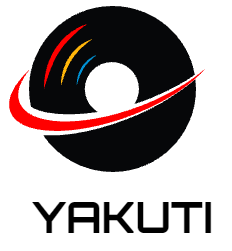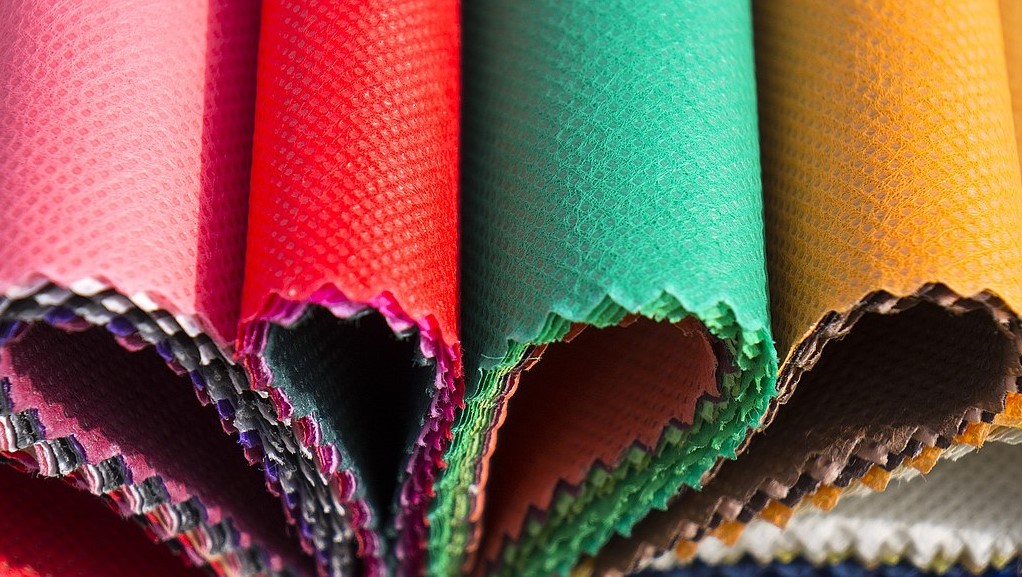Weave, knit, and non-woven are the three most common categories of textile. The third type is composed of bonded or multi-component fabrics. Two or more layers of woven or knitted fabric or fibre are glued together with loose stitching or an adhesive to create this type of fabric.
Objects You Can Create
Felt is a type of fabric made from interlocking layers of fibres. Because heat is transferred so slowly by an adhesive, heat resistance is a crucial quality in bonded materials. So, here you will get to know about various component of bonded fabric.
Instances Of Bonded Fabrics
To create bonded fabric, resins or adhesives are used to permanently bind together two or more layers of cloth. Nowadays, bonded materials are indispensable and can be found in many different contexts. Industrial applications for bonded fabrics include automotive components, insulation goods, and packaging, and they can combine textiles with other materials like rubber, plastic, or metal.
Cotton As Bonded Fabric?
To answer your question, cotton is a bonded fabric. Bonded fabrics are created by employing flat woven cotton sheets, which are then cut and reopened using heat to incorporate a poly backing material like polyester or rayon.
Several Advantages
Some quilters prefer working with bonded fabric because it adds a new dimension of difficulty to the piecing process. This is a popular quilting project because the fabric lasts far longer than store-bought options. - For their durability and water resistance, bonded textiles are ideal for use in carrying goods such as totes, bags, wallets, etc. (perfect for wet clothes).
Functions In Everyday Life.
Before beginning to sew, it is helpful to lay out all of the fabric pieces and determine how they will fit together. The next step is to use parchment paper to prevent sticking between each layer. When this is done, the next step is ironing. To properly iron the fabric, follow the care instructions provided by the manufacturer.
Used Within Shoes
For both internal and external linings, as well as insoles, has become the material of choice due to its many desirable qualities. These qualities include malleability, comfort, adaptability, and cost-effectiveness.
Good Shape
Care for bonded fabrics is like that of other textiles, but it is important to avoid using solvents, solvents, or removers of great impact (commonly used in the manufacturing of footwear), as these could penetrate between the layers and separate the materials that compose the fabric.
Visual Embellishments
Companies have recently begun laminating this substrate with materials like polymers, synthetics, and EVA to boost its strength and durability, which may increase the product's price slightly but will undoubtedly improve the product's overall quality and the user's level of comfort.
Benefits
The result is a lightweight material that can be easily molded to fit virtually any aspect of a shoe's design. It's highly absorbent when it comes to foot perspiration but may also keep out moisture from the environment. Because of its adaptability, it can be easily blended with other materials to produce aesthetically pleasing and functionally superior outcomes.


